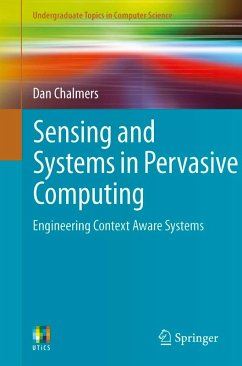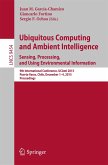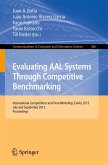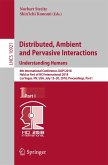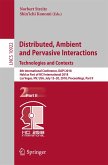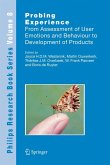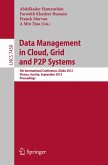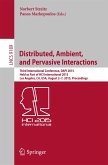Low power and a wide range of different hardware;
Personal and local area wireless networking and networks of smart sensors;
Location sensing and handling located data;
Adaptation to the environment, or context, in various ways;
Data processing which considers state, events, time-varying signals and noise;
Systems design for scalability and handling variation, beyond Internet scales.
Sensing and Systems in Pervasive Computing brings together these issues in a practical form for the undergraduate or postgraduate -- describing the core ideas and providing programming exercises which explore these issues. Many of the programming exercises are described in terms of the Phidgets sensor interfacing kits, but are easily adapted to other hardware. The references refer to recent research, but focuses on more established principles rather than the latest technology in the selection of ideas. Each chapter is accompanied by suggested readings, guiding the student into the large body of scientific papers in this area.
Depending on the emphasis given, Sensing and Systems in Pervasive Computing, can be used to support an introduction tothe use of sensors; an advanced course on pervasive computing and research techniques; or to give an introduction to the area for research students. The approach taken includes mathematics where necessary without being overly technical, and includes guidance on problem solving and experimental techniques which some computing undergraduates seem to miss.
Dieser Download kann aus rechtlichen Gründen nur mit Rechnungsadresse in A, B, BG, CY, CZ, D, DK, EW, E, FIN, F, GR, HR, H, IRL, I, LT, L, LR, M, NL, PL, P, R, S, SLO, SK ausgeliefert werden.
"Chalmers (Univ. of Sussex, UK) has written an interesting brief work related to smart phones, sensors, and other devices that are blending into the background and becoming invisible. ... can serve as a useful guide for graduate student researchers. ... The book could be used for an introduction to sensors course, a course in pervasive computing and research techniques, or an introduction to the area for research students. Summing Up: Recommended. Upper-division undergraduates and graduate students, as well as researchers in pervasive computing sensors." (C. Tappert, Choice, Vol. 49 (6), February, 2012)

